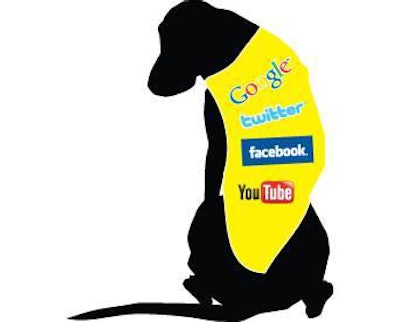
It’s a fact: Almost all consumers are online and sharing their opinions on your brand, your products, your ingredients and your philosophy, no matter what their credentials. According to the Pew Global Attitudes Project survey, just 18% of Americans said they never use the Internet. Social networking sites like Twitter have almost 30 million tweets per day and Facebook boasts more than 5 billion user minutes per day, according to Melissa Brookshire, DVM, of North River Enterprises. This enormous audience represents a customer—whether past, current or potential—and what they are saying about your petfood company is quickly becoming more important than any paid form of advertising.
Brookshire stressed the importance of petfood manufacturers implementing social media monitoring plans in the current market, especially. In her presentation, “Consumer Brand Perception – Who’s in the Driver’s Seat?” she points out that consumer trust in the petfood industry has been at a low since the 2007 recalls, while online misinformation is at an all-time high.
What should your company do to monitor your presence and reputation on the Internet?
- Develop a company strategy for managing Internet presence.
- Make this strategy a part of your business’s marketing plan.
- Commit marketing dollars/man hours to this initiative.
There are many social media-building tools available online that you can start utilizing almost immediately. Let’s take a closer look at some of these technologies and review how they can be utilized to maintain and build the status of your brand.
Twitter is a great place to keep an eye on your brand. Tools like HootSuite and and TweetDeck allow you to see when your company name is being used in a tweet. Hootsuite allows you to track click-throughs, time updates, monitor mentions and assign tasks among team members. It also acts as a management tool, allowing you to update multiple accounts at once.
“Twitter is also a great tool for your customer service representatives to monitor,” says Nick Stamoulis in his article “Your Online Reputation with Social Networking” for www.business2community.com. “Many consumers tweet complaints or ask for help, so being able to quickly respond to a user is a great way to maintain a good relationship with that user, as well as protect your online reputation. An angry Twitter user can quickly become a satisfied customer.”
Google Realtime shows how much social networking activity has been going on around your specific search. This can include your company name, products and brand names. You can also stay up-to-date by setting Google alerts that note every time your desired phrase is used online. These email alerts include social networks, articles, press releases and blogs.
Social Mention is a tool that offers useful influence-tracking features including reach, sentiment, passion and strength. Social Mention also allows you to set up alerts specifically for social media, allowing you to receive daily email alerts of your brand, company, employees, marketing campaign, or on a developing news story, a competitor or other high profile individual.
Kurrently is a real-time search engine for Facebook and Twitter. Simply enter a search term, be it a keyword, business or person, and Kurrently will produce all mentions and shares from these channels.
“Monitoring your streams regularly will allow you to determine which ones are the most active and useful, which will help you streamline your approach to focus only on the most informative search terms,” writes Alexandra Reid in her Business Insider article, “Drinking From The Waterfall: How To Effectively Monitor Social Media.” And remember, online monitoring requires ongoing active listening and social analysis. If you’re not managing your Internet image, someone else is.

















